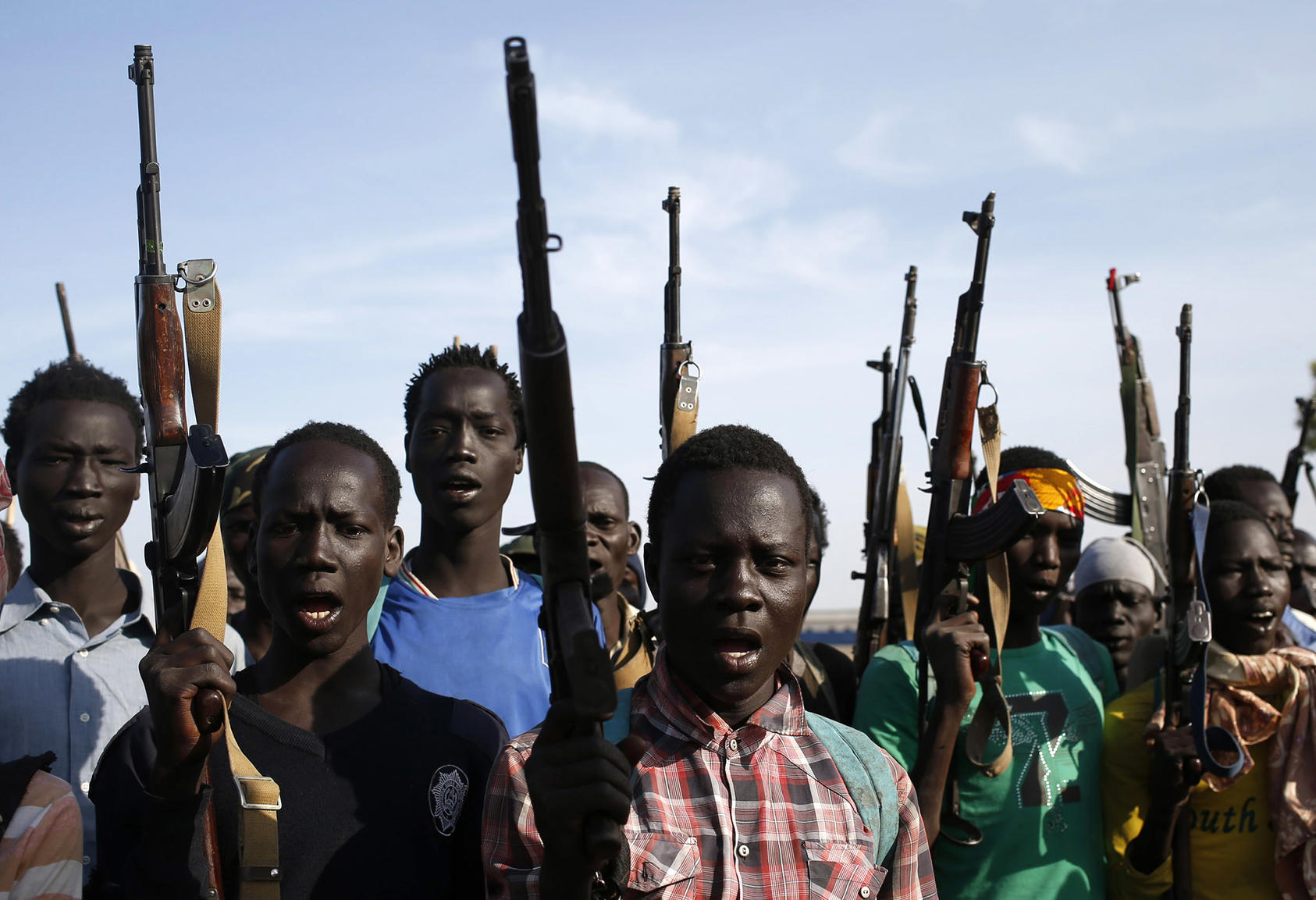Source: US Institute of Peace
Full Report here:S Sudan Peacekeeping

Summary
South Sudan’s Monitoring and Verification Mechanism was created in early 2014 to monitor combatants’ compliance with a truce. Following the 2015 peace treaty, it became the Ceasefire and Transitional Security Arrangements Monitoring Mechanism, which in turn became the Ceasefire and Transitional Security Arrangements Monitoring and Verification Mechanism after a 2018 accord superseded the earlier agreement. Although ceasefire monitoring is but one dimension of the response to the conflict in South Sudan, it has been resource intensive. International donors have provided more than $130 million in cash and in-kind assistance to the process since 2014.
The monitoring presumes that accurate reporting of truce violations will deter future violations. The evidence for the validity of this logic in South Sudan is uncertain, however. Undermining the utility of monitoring are a general lack of commitment of the parties to their obligations and to an independent monitoring process, the limited acceptance of the parties of the monitoring outcomes, and—most critical—a lack of meaningful consequences for serious violations. Monitoring efforts in the country have also been beset by operational, organizational, and technical deficits that include poor leadership, inexperienced and unqualified monitors, and a lack of force protection. Cooperation with the United Nations and the Joint Monitoring and Evaluation Commission has often been inadequate. Further, efforts to publicly disseminate monitors’ findings and communicate with South Sudanese citizens have been limited and inconsistent. A sustained public information campaign across the country, including greater efforts to solicit information from the public, would improve the quality of the monitoring process.
Supporters of ceasefire monitoring, including the United States, should reinforce monitors’ findings by demonstrating that noncompliance has consequences. Direct action needs to be taken against those with both operational and command responsibility for flagrant violations.
About the Report
Drawing on more than ninety interviews and written responses from ceasefire monitors, combatants, politicians, civil society representatives, international diplomats, peacekeepers, and analysts, this report reviews internationally led ceasefire monitoring in South Sudan from January 2014 to January 2019. Supported by the Middle East and Africa Center at the United States Institute of Peace, it identifies the challenges and offers recommendations for donors supporting future monitoring processes in South Sudan and elsewhere.
